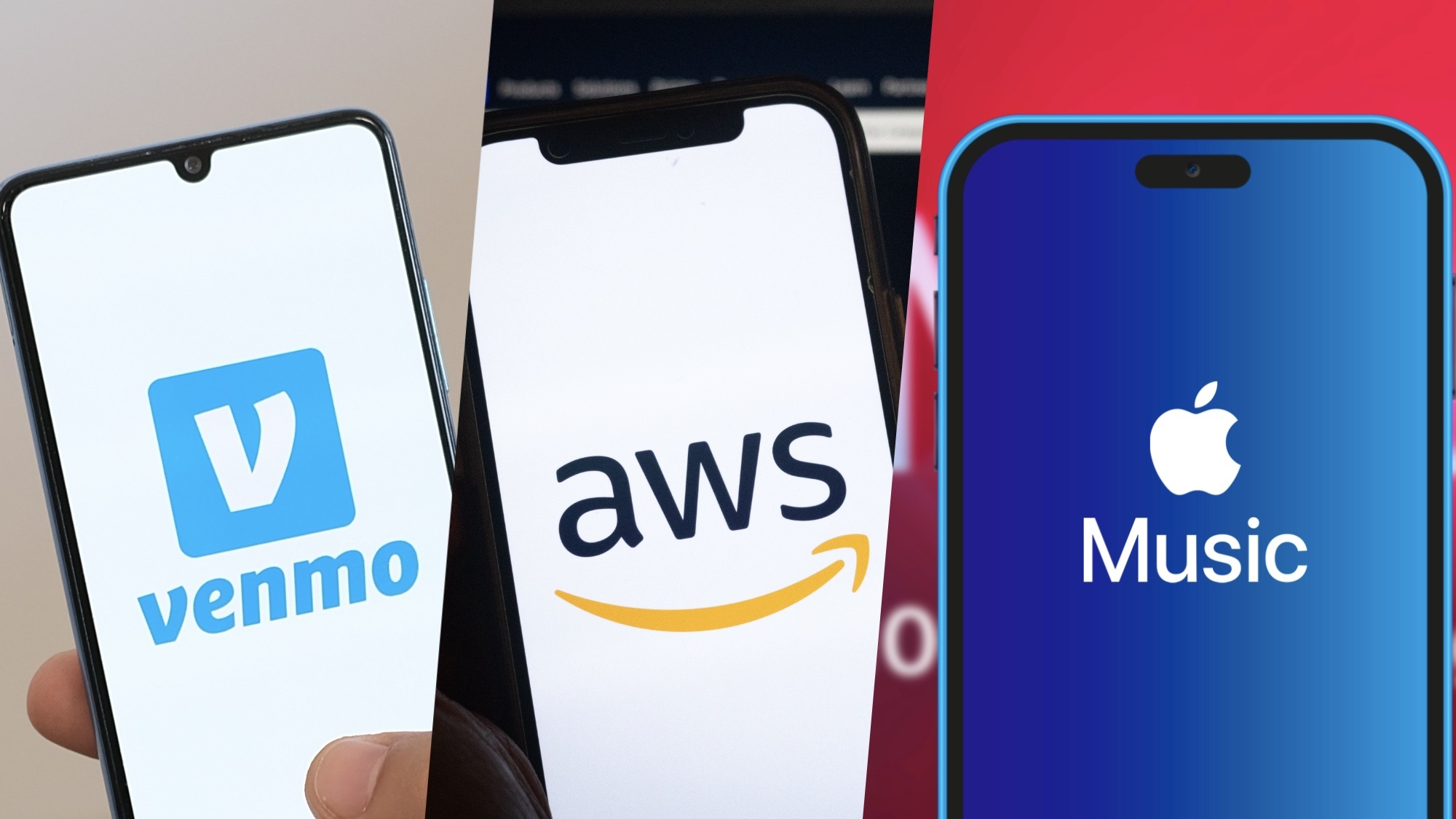Forget foldables: Rollable phones look like the next big thing
The LG Rollable scored big at CES — can it supplant foldable phones?
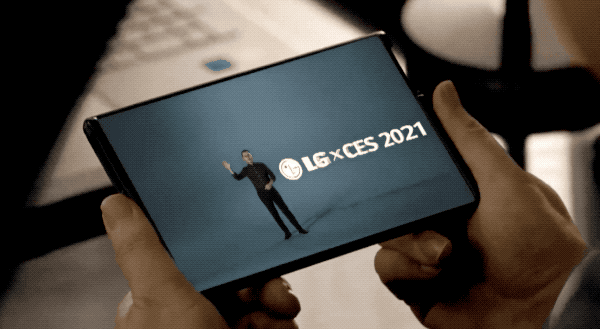
Pity the poor foldable phone. Once it was the future of mobile design — a way to transform a pocket-sized smartphone into a tablet-like device that you could still carry around easily. With phone makers throwing their weight behind foldables, it didn't seem long before we'd have truly portable workstations that would allow us to get things done on the go.
And then, with just a brief teaser at CES 2021 this week, the rollable phone came along to knock its foldable counterpart off that lofty perch.
- Best foldable phones: Meet the LG Rollable’s rivals
- Here’s what Samsung’s planning for the Galaxy Z Fold 3
The rollable in question is the straightforwardly named LG Rollable, and all we know about it is that the screen can expand and shrink depending on whether you want an expansive display or a portable device. We also know directly from LG that the phone is coming out this year. What we don't know is everything else — how the rollable function works, what kinds of cameras the phone includes and just how much it's going to cost. (Our prediction? A lot.)
Still, that's not stopping the LG Rollable from becoming one of the more talked-about unveilings at CES this year. We even gave the LG Rollable a Tom’s Guide CES 2021 award. And that buzz is certainly understandable, according to Avi Greengart, lead analyst for Techsponential.
"Since rollable phones don’t exist yet, people are excited about the possibilities without thinking about likely downsides," Greengart said.
Those downsides certainly loom large. But so do the possibilities of rollable phones.
Rollable phones: The opportunities
Rollable [phones] will provide potential for innovation on the form factor as well as potential applications given the new potential configurations.
— Tuoung Nguyen, Gartner
Tuong Nguyen, a senior principal analyst with Gartner, sees two appealing things about rollable screens — form factor and durability.
Get instant access to breaking news, the hottest reviews, great deals and helpful tips.
"Form factor is an interesting one because the smartphone industry has been focused on the slate for more than 13 years," Nguyen said. "Rollable [phones] will provide potential for innovation on the form factor as well as potential applications given the new potential configurations."
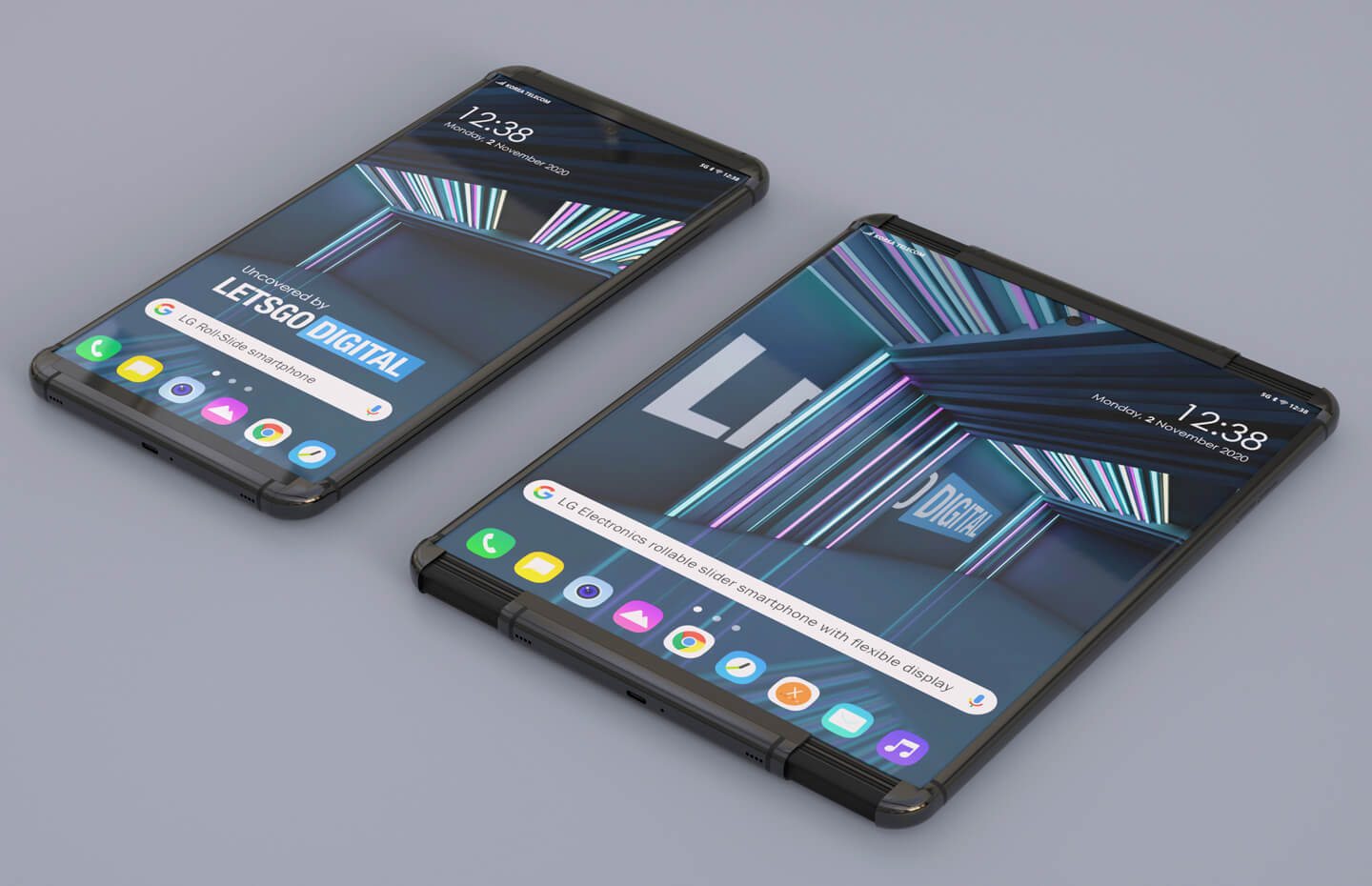
Don't overlook the appeal of durability, though. To Nguyen, a rollable screen promises greater durability than a flat one, since all of the screen won’t always be exposed. "I think anyone who has had to live with a cracked screen for months or years can appreciate this benefit," Nguyen says.
It's not just about those factors, though. There's also the prospect of giving smartphone users more screen to work with, while keeping the size of the overall device compact enough to tote around.
Foldable phones were supposed to provide that, too, and to some extent devices like the Galaxy Z Fold 2 have. But there are some trade-offs.
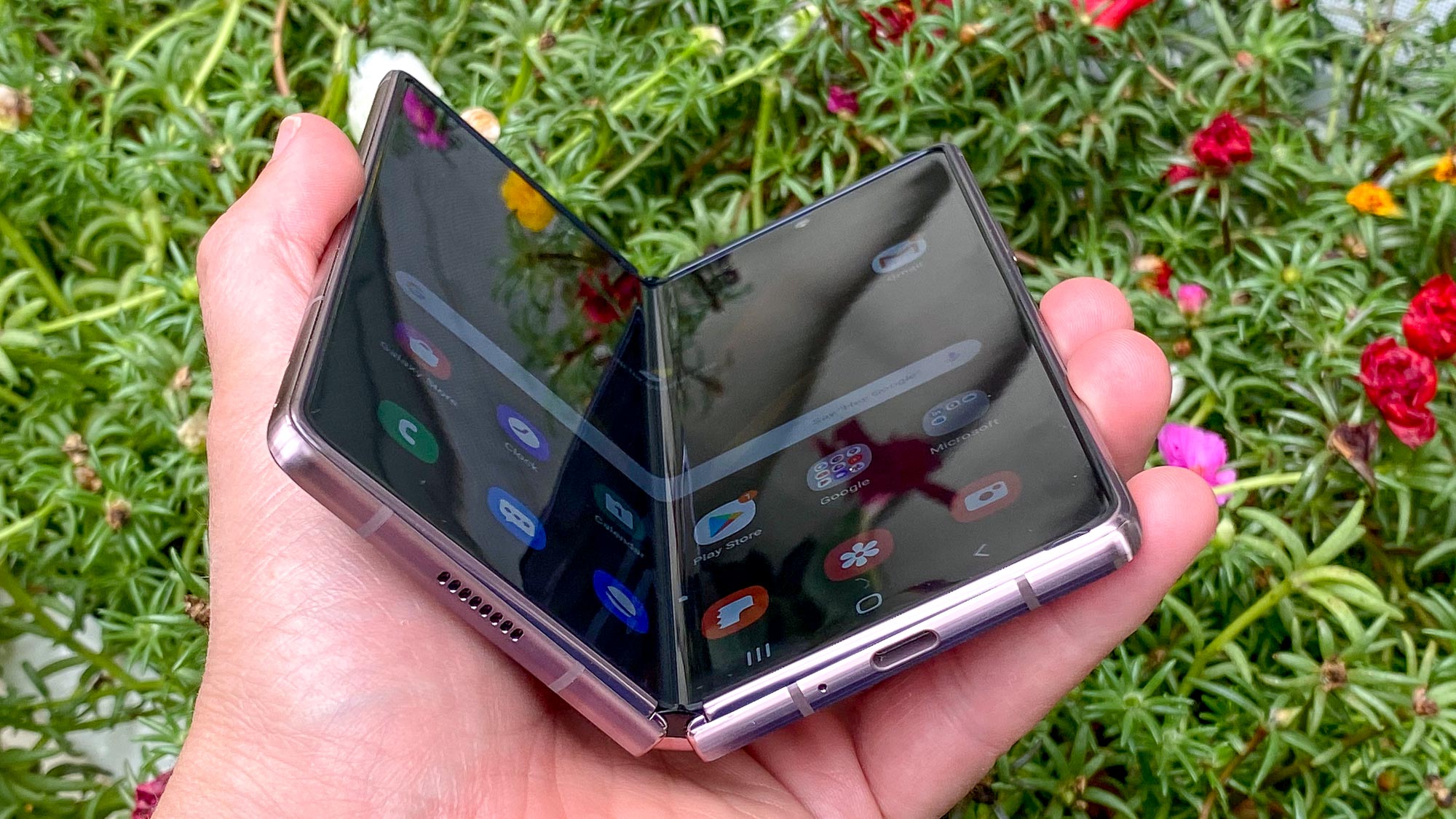
"[Foldable displays] have creases and are twice as thick as a basic bar phone," said Greengart, noting the visible lines across even well-regarded foldables like the Z Fold 2 and the Galaxy Z Flip. A screen that doesn't need to bend, but rather roll into place is unlikely to have those.
Rollable phones: The challenges
Still, there remain plenty of blanks for LG to fill in if its rollable phone is going to convert the positive buzz from a CES teaser into a successful product launch. For instance, the phone maker is going to have to tell us more about that display and just how many times it can roll and unroll without any wear and tear.
That last point is not an inconsiderable one. An early stumbling block for foldable phones involved the phone’s hinges — crucial for making the screen fold in two, but vulnerable to other issues. The original Galaxy Fold, for example, left a small gap that could allow dust and other particles through that could damage the screen. Samsung fixed the problem, but only after delaying the launch of that phone. With the moving parts that a rollable screen entails, we’ll need to see how LG and others can ensure the devices keep working.
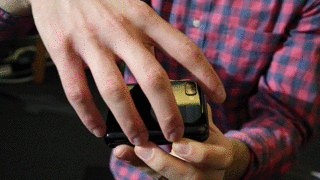
Greengart's looking for answers on durability and screen size. But he also wants to know about any trade-offs LG has had to make in order to produce such a flexible screen. In other words, are there any trade-offs in brightness, HDR, color and screen refresh rate that a more conventional phone wouldn't have to make.
Then there's the question of apps, and whether they'll have to be retrofitted to work with a new form factor. In the case of foldable phones, app makers had to tweak their software so that it could take advantage of features like multitasking and the Flex model Samsung has introduced with its latest foldable devices.
That gets to the ultimate challenge facing the LG Rollable and any other rollable phones in development — convincing people that this particular design lets them use the phone in new and valuable ways. It just so happens that's the challenge that foldable phones still contend with, too.
"Both form factors are being discovered in the sense that the use cases haven’t been defined, yet," Nguyen said. "From a consumer perspective, this means 'how does this improve my life?'"
Rollable phones: What happens next
Don't expect foldable phones to exit the stage gracefully now that the LG Rollable is imminent. Samsung reportedly has new versions of the Galaxy Z Fold and Flip in the works for this year, and according to Samsung Electronics president TM Roh, the company's eager to come out with additional designs, some of which are expected to be more affordable than the current models.
As for the LG Rollable, there's a big difference between CES keynote darling and shipping product. Look for more details to emerge about this rollable phone — and hopefully more answers about just how it will work.
Philip Michaels is a Managing Editor at Tom's Guide. He's been covering personal technology since 1999 and was in the building when Steve Jobs showed off the iPhone for the first time. He's been evaluating smartphones since that first iPhone debuted in 2007, and he's been following phone carriers and smartphone plans since 2015. He has strong opinions about Apple, the Oakland Athletics, old movies and proper butchery techniques. Follow him at @PhilipMichaels.

